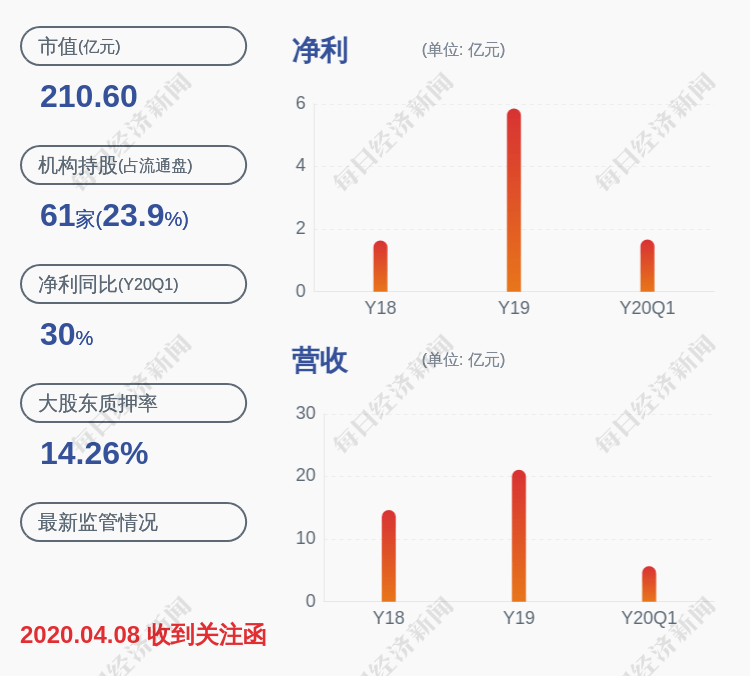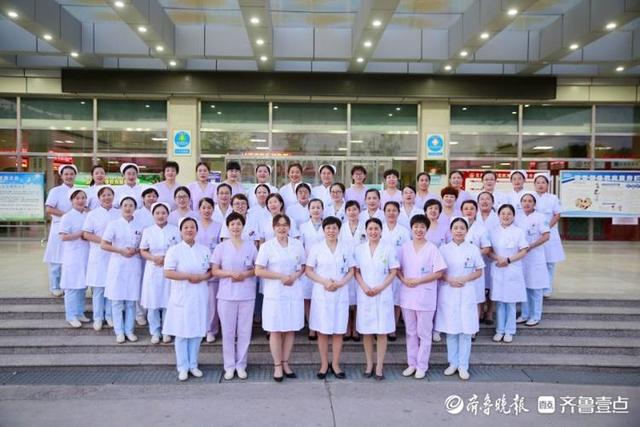иҝҷдёӘеҶ¬еӨ©пјҢеҮ дёӘжЁұжЎғвҖ”вҖ”еҖјеҫ—дҪ жӢҘжңү( е…ӯ )
26.Kay, C.D.; Pereira-Caro, G.; Ludwig, I.A.; Clifffford, M.N.; Crozier, A. Anthocyanins and flflavanones are more bioavailable than previously perceived: A review of recent evidence. Annu. Rev. Food Sci. Technol. 2017, 8, 155вҖ“180. [CrossRef]
27.OlГЎh, A.; Markovics, A.; SzabГі-Papp, J.; SzabГі, P.T.; Stott, C.; Zouboulis, C.C.; BГӯrГі, T. Difffferential effffectiveness of selected non-psychotropic phytocannabinoids on human sebocyte functions implicates their introduction in dry/seborrhoeic skin and acne treatment. Exp. Dermatol. 2016, 25, 701вҖ“707. [CrossRef]
28.CГЎsedas, G.; Les, F.; GГіmez-Serranillos, M.P.; Smith, C.; LГіpez, V. Anthocyanin profifile, antioxidant activity and enzyme inhibiting properties of blueberry and cranberry juices: A comparative study. Food Funct. 2017, 8, 4187вҖ“4193. [CrossRef]
29.Kaur, R.; Kaur, M.; Singh, J. Endothelial dysfunction and platelet hyperactivity in type 2 diabetes mellitus: Molecular insights and therapeutic strategies. Cardiovasc. Diabetol. 2018, 17, 1вҖ“17. [CrossRef]
30.Shi, Y.; Vanhoutte, P.M. Macro-and microvascular endothelial dysfunction in diabetes. J. Diabetes 2017, 9, 434вҖ“449. [CrossRef]
31.Szymanowska, U.; Baraniak, B. Antioxidant and potentially anti-inflammatory activity of anthocyanin fractions from pomace obtained from enzymatically treated raspberries.Antioxidants 2019, 8, 299. [CrossRef]
32. K?hk?nen, M.P.; Heinonen, M. Antioxidant activity of anthocyanins and their aglycons. J. Agric. Food Chem. 2003, 51, 628вҖ“633. [CrossRef]
33. Salehi, B.; Martorell, M.; Arbiser, J.L.; Sureda, A.; Martins, N.; Maurya, P.K.; Sharififi-Rad, M.; Kumar, P.; Sharififi-Rad, J. Antioxidants: Positive or negative actors? Biomolecules 2018, 8, 124. [CrossRef] [PubMed]
34. Kany, S.; Vollrath, J.T.; Relja, B. Cytokines in inflflammatory disease. Int. J. Mol. Sci. 2019, 20, 6008. [CrossRef]
35. Warner, E.F.; Smith, M.J.; Zhang, Q.; Raheem, K.S.; OвҖҷHagan, D.; OвҖҷConnell, M.A.; Kay, C.D. Signatures of anthocyanin metabolites identifified in humans inhibit biomarkers of vascular inflammation in human endothelial cells. Mol. Nutr. Food Res. 2017, 61. [CrossRef] [PubMed]
36. Brouwers, O.; Niessen, P.M.; Haenen, G.; Miyata, T.; Brownlee, M.; Stehouwer, C.D.; De Mey, J.G.; Schalkwijk, C.G. Hyperglycaemia-induced impairment of endothelium-dependent vasorelaxation in rat mesenteric arteries is mediated by intracellular methylglyoxal levels in a pathway dependent on oxidative stress. Diabetologia 2010, 53, 989вҖ“1000. [CrossRef]
37.Tessari, P.; Cecchet, D.; Cosma, A.; Vettore, M.; Coracina, A.; Millioni, R.; Iori, E.; Puricelli, L.; Avogaro, A.; Vedovato, M. Nitric oxide synthesis is reduced in subjects with type 2 diabetes and nephropathy. Diabetes 2010, 59, 2152вҖ“2159. [CrossRef] [PubMed]
38.LazzГЁ, M.C.; Pizzala, R.; Perucca, P.; Cazzalini, O.; Savio, M.; Forti, L.; Vannini, V.; Bianchi, L. Anthocyanidins decrease endothelin-1 production and increase endothelial nitric oxide synthase in human endothelial cells. Mol. Nutr. Food Res. 2006, 50, 44вҖ“51. [CrossRef] [PubMed]
жҺЁиҚҗйҳ…иҜ»
- жҜҸеӨ©еҲ°еә•еҗғеҮ дёӘйёЎиӣӢпјҹиӣӢй»„йўңиүІи¶Ҡж·ұпјҢи¶ҠжңүиҗҘе…»еҗ—пјҹ
- вҖңе№ҙиҪ»дәәзҢқжӯ»зҡ„дёүеӨ§еҜјзҒ«зҙўвҖқдёҠзғӯжҗңпјҒдҪ еҚ дәҶеҮ дёӘпјҹ
- вҖңеҢ»вҖқи·ҜзӣёдјҙпјҢжҺҲд№Ӣд»Ҙжё”
- еҶ¬еӯЈиҝҷдёӘз—…й«ҳеҸ‘пјҢиҝҷдёӨзұ»дәәзҫӨиҰҒжіЁж„ҸвҖҰвҖҰ
- еј е…°иҝ‘еҶөпјҢеҘ№дәәз”ҹз»ҸеҺҶи·Ңе®•зІҫеҪ©пјҢеҘ№дёәдҪ•еҜ№еҫҗзҶҷеӘӣиҝҷдёӘе„ҝеӘізү№еҲ«ж»Ўж„Ҹ
- еҗғж ёжЎғйҷӨдәҶиЎҘи„‘иҝҳеҜ№еҝғи„ҸжңүеҘҪеӨ„пјҹдёҖеӨ©еҗғеҮ дёӘжңҖеҘҪпјҹз»ҲдәҺжңүз»“жһңдәҶ
- жІ»з–—|жҸӯејҖж ёеҢ»еӯҰзҡ„зҘһз§ҳйқўзәұ
- ејӮеёё|еҝҪи§ҶиҝҷдёӘжҢҮж ҮпјҢеҝғи„ҸеҮәй—®йўҳдәҶйғҪдёҚзҹҘйҒ“пјҒжҠ“дҪҸ3дёӘдҝЎеҸ·пјҢиҝңзҰ»еҝғжў—
- еҝғи„‘иЎҖз®ЎйҳІжІ»жңүеҠһжі•пјҒиҝҷдёӘж–№жі•пјҢдё“й—Ёй’ҲеҜ№еҝғжў—гҖҒеҝғи„‘иЎҖз®Ўдәә
- еҢ»з”ҹжңҖжҖ•иў«й—®зҡ„10дёӘй—®йўҳпјҢдҪ й—®иҝҮеҮ дёӘпјҹ














